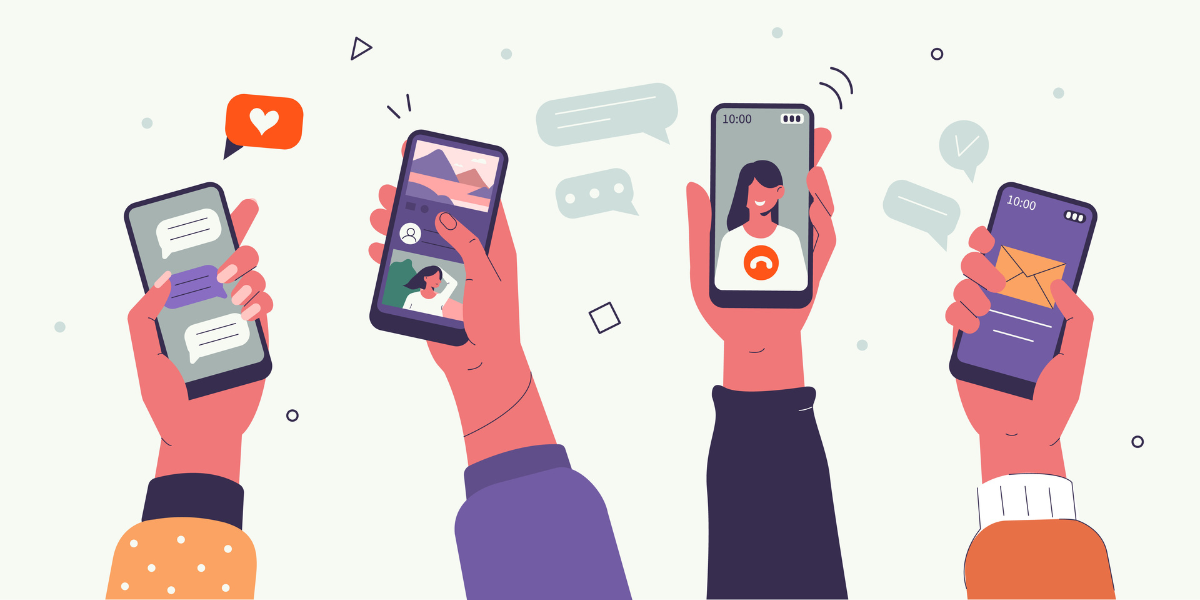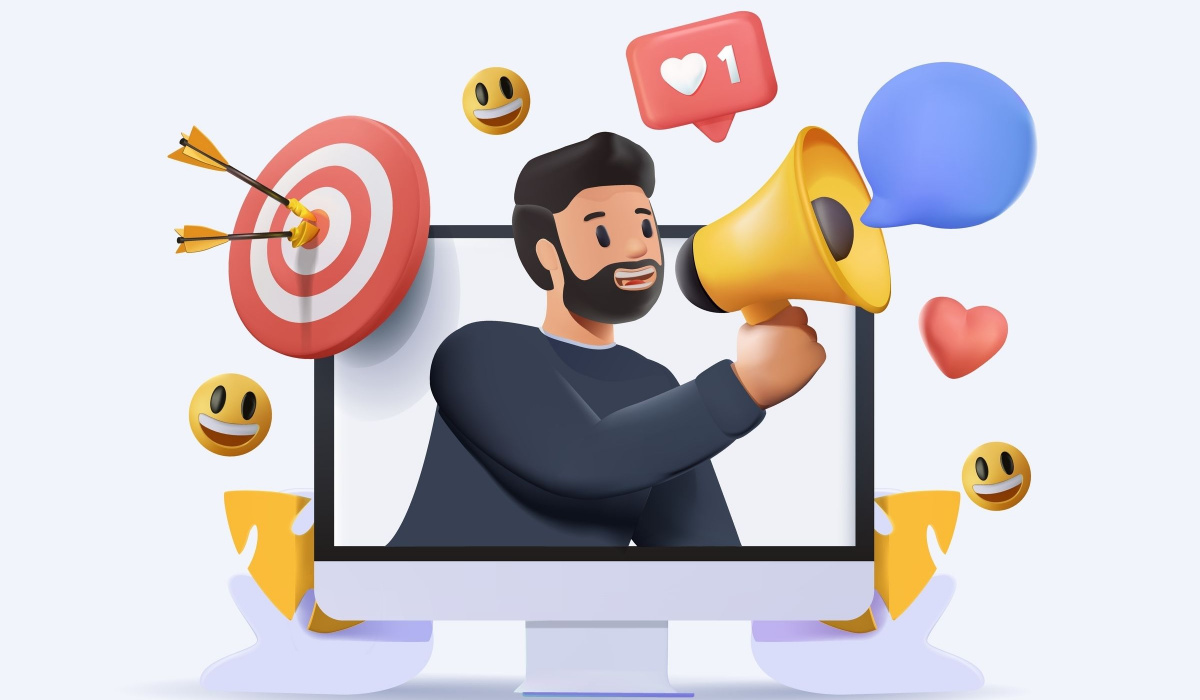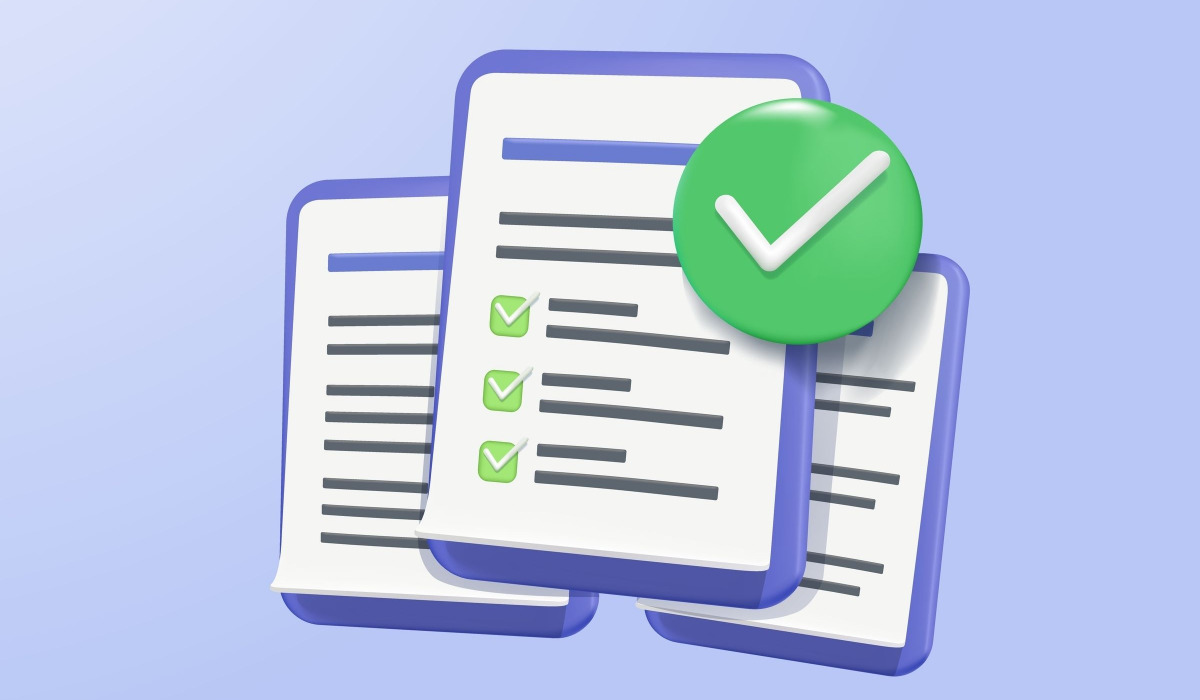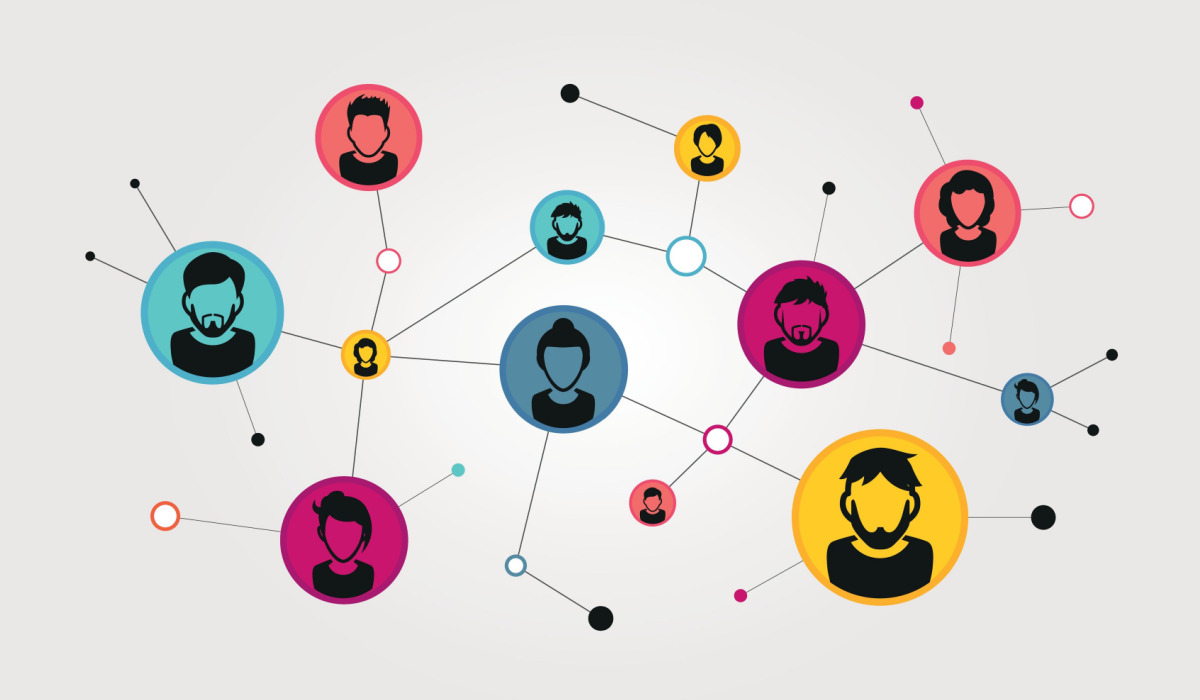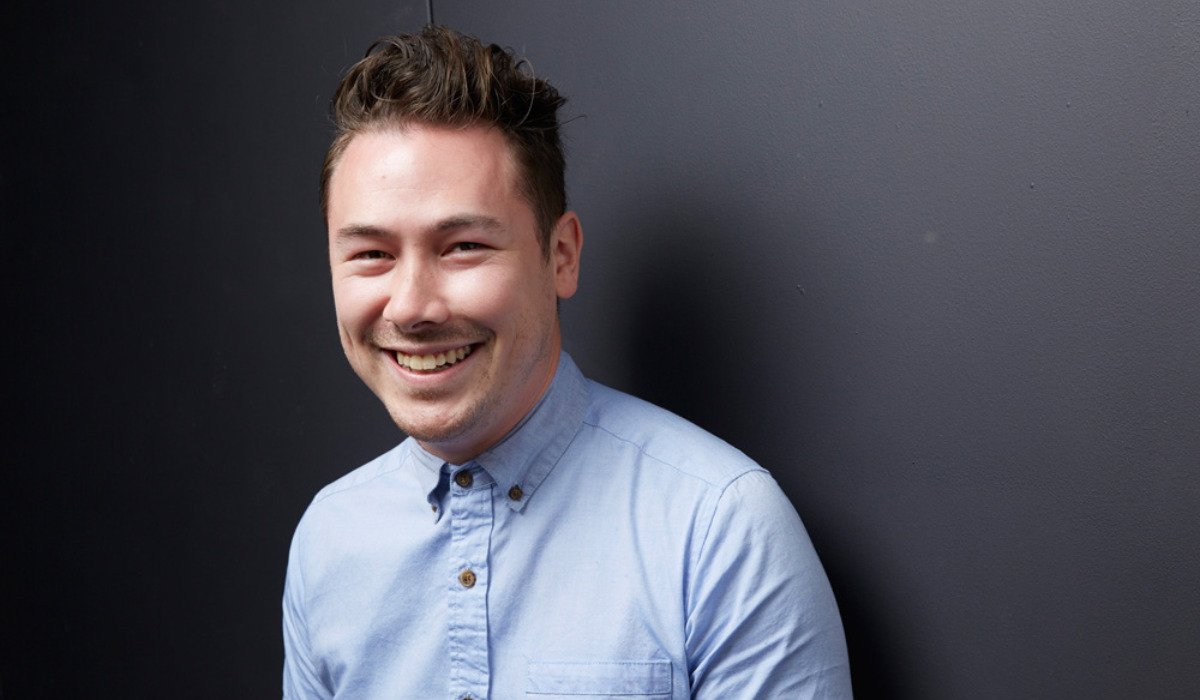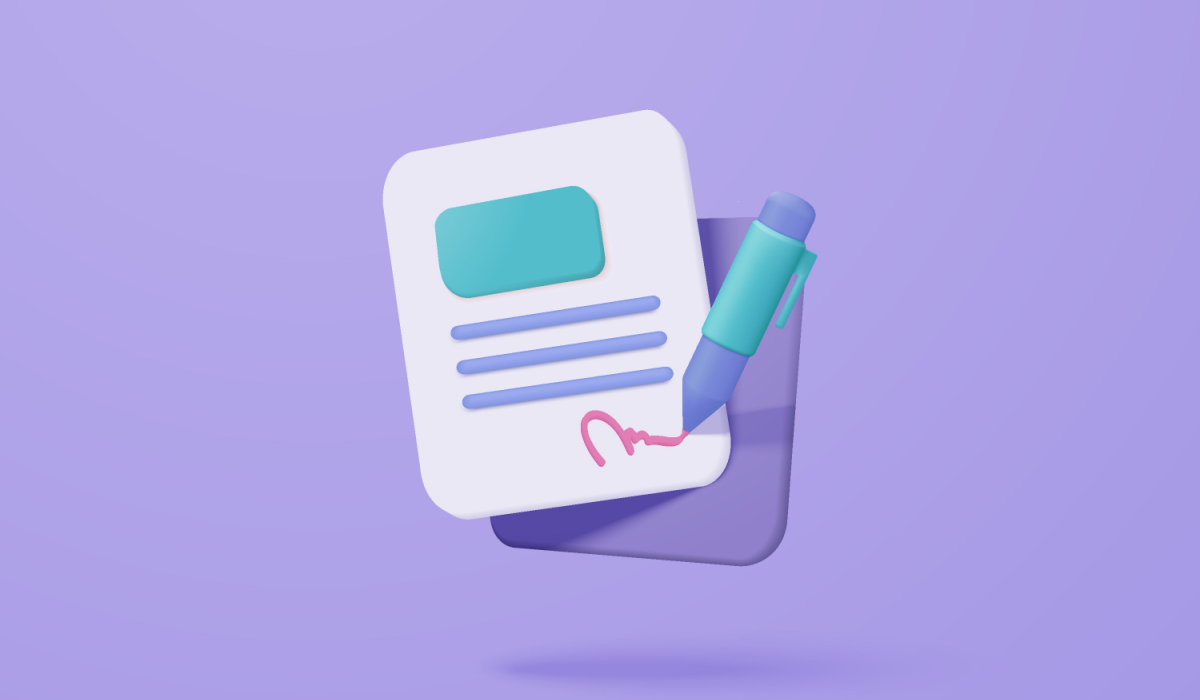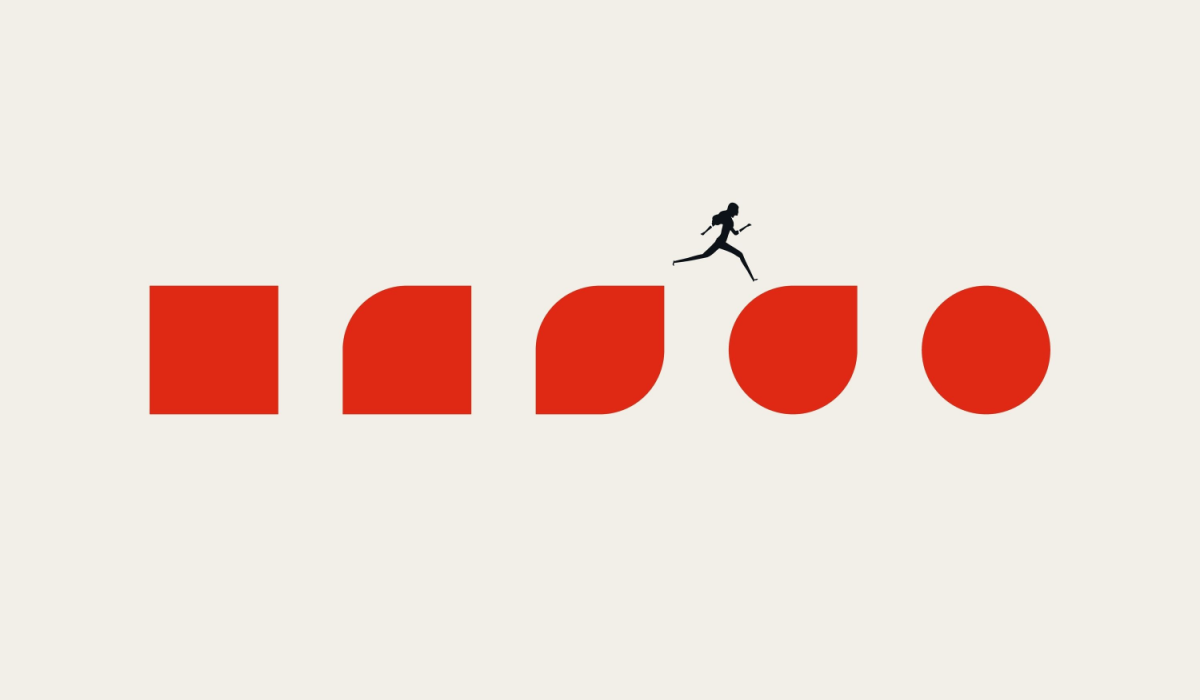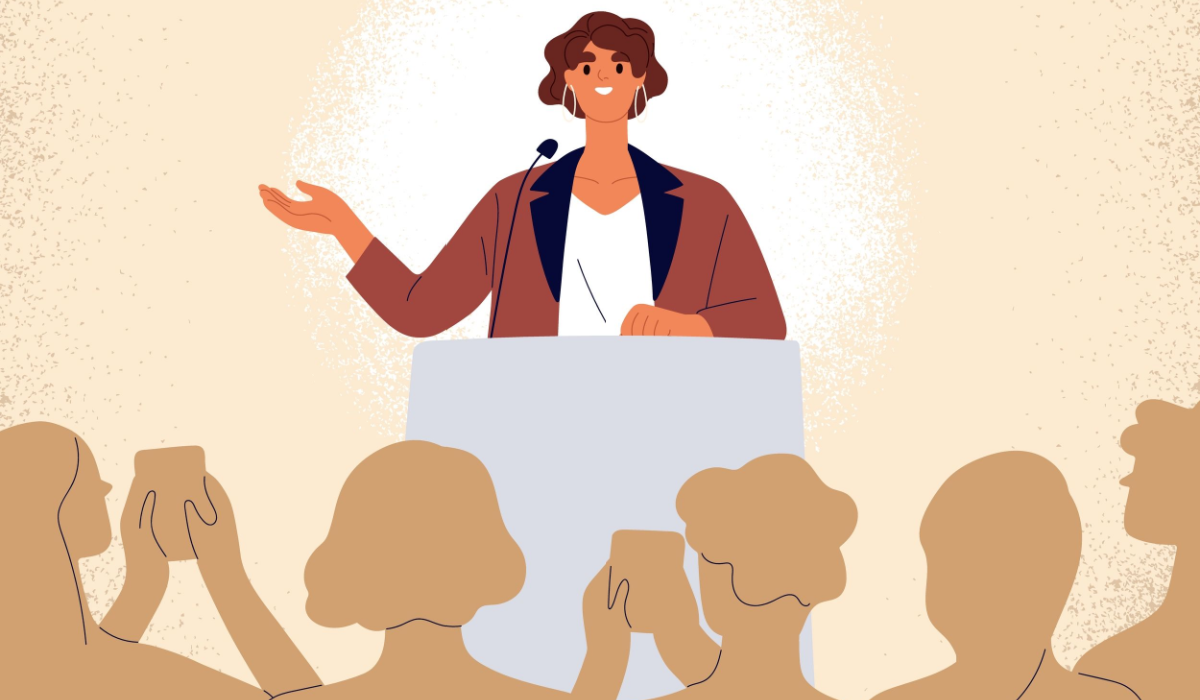The key to being a successful entrepreneur is living in a state of constant learning.
Almost all of us are carving out new paths in a constantly changing world. Some start out knowing nothing about business. Others have plenty of business experience but need to pick up other skills related to their niches, or just to meet the needs of a growing team.
No matter what point of the journey you’re at, to be successful in business, you have to keep learning new things.
But entrepreneurs are also busy, and constantly juggling competing priorities. So how can we keep learning while also managing all our other responsibilities? The answer is to be more efficient with the time we spend learning.
Learning faster and more efficiently can help us get more out of our time and still fit in everything else vying for our attention.
In other words, we need to learn how to learn.
Learn New Skills FAQs
What is the most effective way to learn and retain information?
That depends on how you learn and your environment. The best ways to learn and retain information are learning by doing, learning by teaching, learning from others, and examining your life.
Can I learn a new skill on my own, or do I need a teacher or mentor?
With the vast resources available online alone, it's never been easier to be self-taught on any subject. However, there's a precipice to DIY learning. If you eventually want to master any skill, having a teacher or mentor will get you to the next level.
What are some common mistakes to avoid when learning a new skill?
The most common mistake when learning a new skill is giving up soon. We live in an immediate gratification world, but learning a new skill as an adult takes much longer than watching one YouTube video. Be patient, track your progress, and learn for the long run.
Use Interleaving to Learn More Efficiently
One well-kept secret about how we learn is that drilling the same material or skill over and over is a very inefficient approach. Most of us are taught to practice this way from our school days, unfortunately.
We think memorizing a new set of vocabulary, or practicing our tennis backhand for an hour is efficient. But actually, more varied practice is a better way to learn.
This varied practice approach is called interleaving. The idea is that by interleaving old and new information, or practicing multiple skills in one session, we’ll learn the new content better than if we drilled the new information alone.
The reason interleaving works so well, according to researchers, is that it taps into the brain’s natural ability to recognize patterns and spot differences within them. Throwing new material in among information you’ve already learned makes the new material stick out and have a bigger impression on you. If you simply drilled new information alone (which is known as block practice), you’d have a harder time remembering that material, and have to review it more often to make it stick.
One study tested interleaving and block practice on math students to see which method would result in better learning. Some of the students learned as they normally would—after learning a new technique they practiced applying that technique alone. Other students practiced techniques they’d learned previously as well as the new technique they’d just learned, an interleaving approach.
When the students were tested the next day, those who’d learned with interleaving performed 25% better. But when tested a full month later the interleaving students performed 76% better. That’s a huge difference as a result of simply changing the learning approach.
There are a couple of reasons you might not choose interleaving when learning. One is that it feels harder. Because your brain has to focus on more than one skill or concept,it has to work much harder. This may actually be why interleaving works so well, though—during learning and practice periods, you’re focusing much harder than you would with block practice.
The second reason you might resist this practice is that most people perceive that block practice is more effective, even if the results show otherwise. In the psychology lab at UCLA, researchers tested the efficacy of interleaving by teaching participants about the artistic styles of modern painters, using both interleaving and block practice.
On average, participants remembered more of the information they learned through interleaving than through block practice: 60% compared to 35%. And yet when asked after the experiment which method of learning was most effective for them, around 70% said block practice.
Graduate student Veronica Yan, who helped with this study, says this points out something important about our approach to learning:
“The thing that’s really interesting, that’s come out of this study and related studies, is that people consistently don’t understand what’s good for their own learning.”
Like many things in life, we don’t always do (or even know) what’s good for us. But studies have found interleaving is the best approach to learning new information or skills.
Learn by Doing
As Richard Branson says, “you don’t learn to walk by following rules, you learn by doing and by falling over.”
In real life situations we tend to learn by doing instead of through formal, instructional learning situations. Schools have not always used learn-by-doing approaches, however, and it’s been so for many years. In his 1914 book Democracy and Education, John Dewey wrote
Why is it that, in spite of the fact that teaching by pouring in, learning by passive absorption, are universally condemned, that they are still so entrenched in practice? That education is not an affair of “telling” and being told, but an active constructive process, is a principle almost as generally violated in practice as conceded in theory.
Roger Shank from Northwestern University says learning is “essentially a discovery process.” We naturally learn by doing,
As babies, we discover things by ourselves before we can be told. Even when we understand enough to be told, we still need to try things out for ourselves.
Many of us instinctively grasp this need for experiential learning, especially on the job. We’ve all been in that situation where something we’re taught doesn’t quite click until we try it for ourselves.
The lens of our own experience is a powerful way to learn new things.
We intuitively understand that the longer we do a job the better we get at it. Learning by doing is the best approach for learning hands-on skills, according to Shank
The best way to learn how to do a job is to simply try doing the job, with no preparation in particular, but with an expert available for help as needed. Although this is the best way to learn from the perspective of the employee’s natural learning process, it might well not be the preferred choice of either the employee the employer.
The reason learning-by-doing works so well, according to Shank, is that it enables us to do something called indexing. It exposes us to lots of different scenarios so we can compare them and look for the nuances between them.
Whereas reading about how to do something might tell us about a perfect scenario, experiences help us build up an index of scenarios where different things go wrong, or different variables are changed, so we can better internalize how to use a new skill as we would in real life.
Our motivation is also different when we learn by doing. In life, we tend to learn only what we need to we need to. In this kind of situation, says Shank, we have no problem with motivation, because something in our life has caused us to want to learn something in particular.
Whether it’s for more natural motivation or more realistic training, learning by doing almost always beats classroom-style learning.
Learn by Teaching
While many students rely on passive techniques to help them take in information, such as re-reading or listening to lectures, active techniques tend to be more effective.
For instance, found telling someone else the information you’ve learned will make it stick better in your own mind. While this approach does include reviewing material, the difference is in “actively replaying or re-generating the information”—making your brain take an active role in the review process.
Another study tested how students learned if they were told that they’d be teaching what they learned to someone else. Participants were split into two groups. One group was told they’d simply be tested on what they learned while the other group was told they’d have to teach the material to someone else.
In fact, both groups were given the same test, and nobody had to teach the material at all. The group who believed they were going to be teaching the material performed better:
When compared to learners expecting a test, learners expecting to teach recalled more effectively and they had better memory for especially important information.
The researchers suggested this may be because telling someone they’ll be teaching the material they’re learning encourages them to use more successful learning strategies, such as those used by teachers.
When teachers prepare to teach, they tend to seek out key points and organize information into a coherent structure.
Examine Your Failures
Figuring out where you went wrong is never a fun experience, but for chess teacher Elizabeth Spiegel, it’s an essential part of the learning process. After each chess tournament, Spiegel has her students replay and examine every mistake they made.
“It’s uncomfortable to focus so intensely on what you’re bad at,” she says, but “if you want to get better at chess, you have to look at your games and figure out what you’re doing wrong.”
Nobody likes failure. In fact, we find failure so uncomfortable that while we take full credit for our successes, we tend to blame our failureson circumstances beyond our control.
Like Spiegel, Dilbert creator Scott Adams believes failure isn’t something to be avoided:
… failure is where success likes to hide in plain sight. Everything you want out of life is in that huge, bubbling vat of failure. The trick is to get the good stuff out.
Adams experienced his fair share of failures before, and even after, creating Dilbert. He says being willing to fail is crucial to success:
The universe has plenty of luck to go around; you just need to keep your hand raised until it’s your turn. It helps to see failure as a road and not a wall. … I’ve long seen failure as a tool, not an outcome.
These learning approaches are not exactly easy, but they’re worth knowing and applying. As UCLA psychologist Bob Bjork says, knowing how to learn effectively is important for us all:
In almost any job, you have to keep managing some new kind of technology. People shift their careers. So this is a kind of lifelong thing where just knowing how to manage your own learning is very important.
Keep Learning: How to Start a Startup (Advice from Those Who’ve Done It)
Learn More with Our Free Training
Ready to learn more new skills to start and grow your business? Watch our library of free training courses taught by entrepreneurs who’ve been in your shoes.







